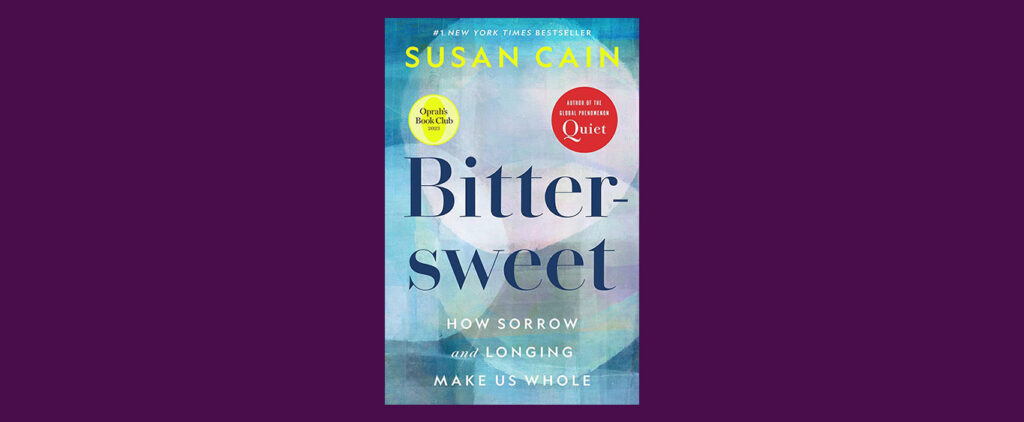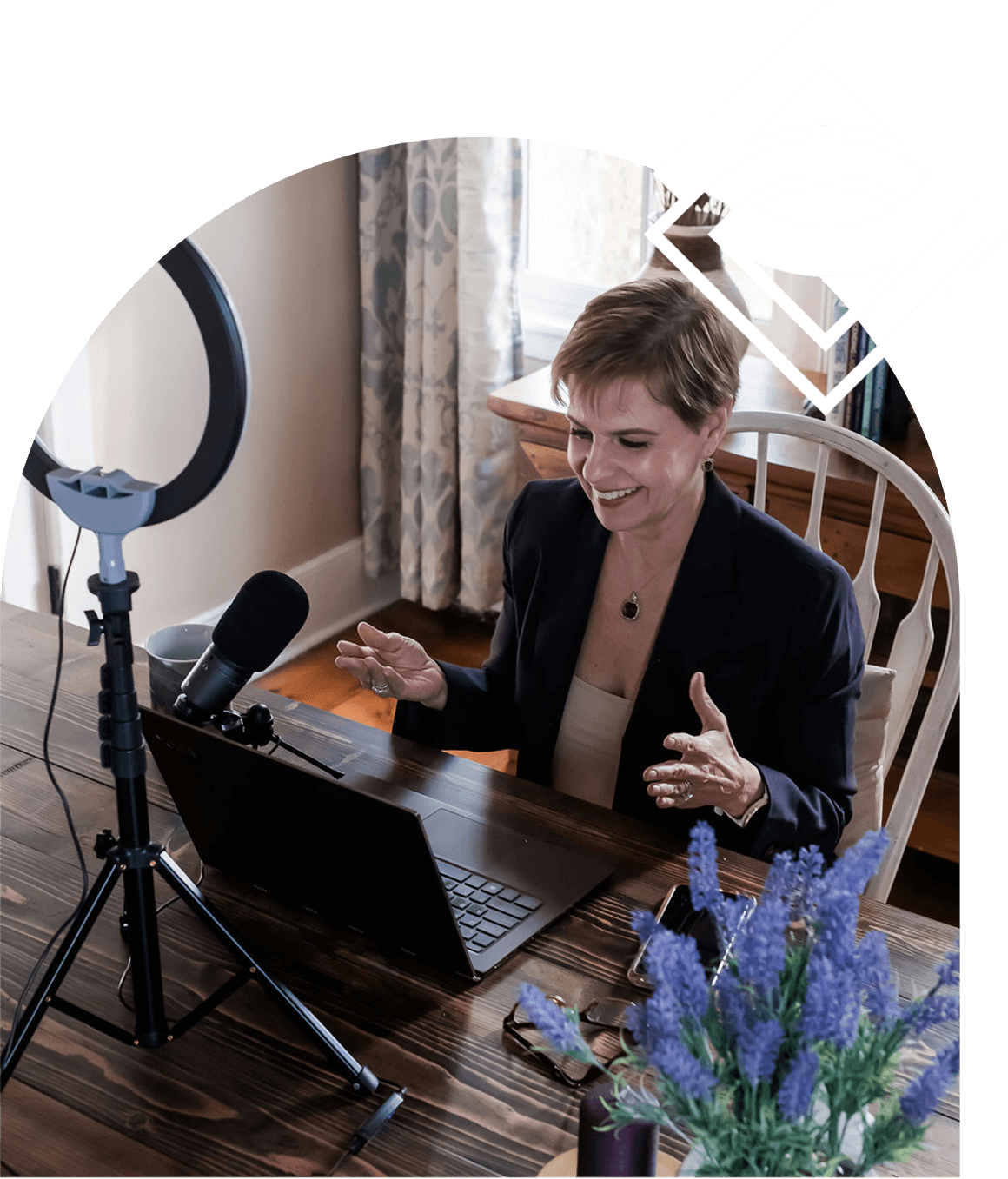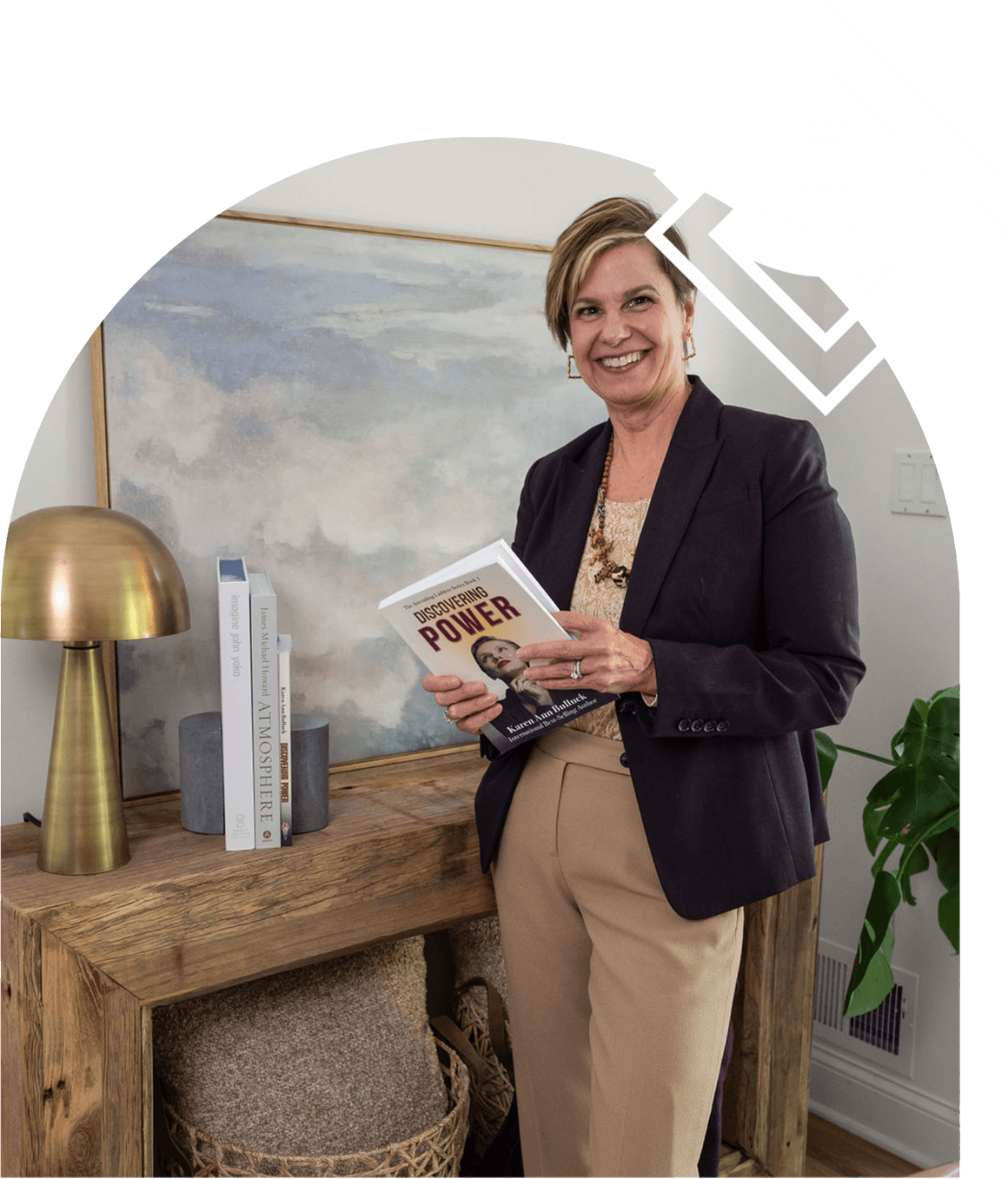What do sadness and compassion have in common? According to researcher and author Susan Cain, sadness, and shared experiences of sadness, lead to compassion. And compassion is what binds us together as families, friends, and humanity.
It’s been a while since I’ve done a book review, and I’ll confess that I haven’t even finished reading this one yet. (I’ve only read through the end of part one.) But Cain’s book Bittersweet: How Sorrow and Longing Make Us Whole has already touched me in unexpected ways, which means that I can’t help but share. 😊
The irony about sadness, which Cain so aptly describes, is that we both love and hate it. I remember right after college, my best friend moved to Southern California. At first, she was rapturous about the beautiful weather, the beach, and the plentiful sunshine. Yet, after a few months, she confessed that she really missed a good rainy day.
There’s something cozy and comforting about a rainy day, a sad song, a dark, cold evening.
Bittersweet helped me understand why.
There are two quotes from the book that struck me in particular:
“We’re living, famously, through a time in which we have trouble connecting with others. And [Dacher] Keltner’s work shows us that sadness – Sadness, of all things! – has the power to create the “union between souls” that we so desperately lack. (p. 116)
As human beings, we bond more in the grip of sadness than we do in moments of happiness. That’s why sad songs, movies, and art are often more celebrated, more sought after. Because they evoke that emotion of sadness – and compassion – that brings us together as human beings. It’s why events like 9/11 bring out more unity than celebrations of success.
Does that mean we have to be sad all the time to feel connected? Of course not.
But it does mean that moving on from sadness without acknowledging it, without feeling it, without allowing it to connect us with others, is a grave disservice to ourselves and humanity.
Because connection is one of the things that ultimately makes us happier and healthier, which means that sprinkling in a little sadness will actually support our long-term joy.
One of the greatest causes of sadness in our lives is loss. Loss of loved ones. Loss of relationships. Loss of things. In Bittersweet, Cain recounts a story about Franz Kafka that was told by the Spanish writer Jordi Sierra I Fabra. It’s unclear if the story is true or fictional, but either way, it’s the punch line that slams into you so hard you lose your breath:
“Everything that you love, you will eventually lose. But in the end, love will return in a different form.” (pg. 58)
As human beings, we want everything to stay the same, but it never does. Loss is as much a part of life as death. We know that. Yet, we resist, resist, resist.
Because we don’t trust that love will return. It often feels that we’ve lost love forever.
That’s why trust – one of the three pillars of the Daring to Transcend™ methodology – is so important. Because trusting the unknown, trusting that the love will return in a different form is where the magic is.
There’s always darkness in transitions, there’s always loss.
But, as Cain points out, that’s the reason why transitions have traditionally been celebrated in religious and spiritual ceremonies around the world. Transitions like the equinoxes and solstices. Transitions like birth, death, marriage, and the onset of adulthood. These transitions, some happy, some sad, acknowledge not only the loss but also the hope of new beginnings.
If you think about it, celebrating these transitions together is also how we nurture our sadness and compassion and build community and connection. It’s another way that sadness and compassion are inextricably linked.
I’ll leave you with one final quote from Bittersweet:
“In Judaism, even the transition from day into night is sacred, with the holy days starting at sundown and moving into dawn—as if to say that the onset of darkness is not the tragedy we imagine, but rather the prelude to light.” (p. 99)
Wherever you are on your journey, your sadness will lead to compassion, and the darkness will cede to the light.
Trust in the magic of the unfolding, and never forget that love will show up again in a different form. One that you probably won’t expect.







